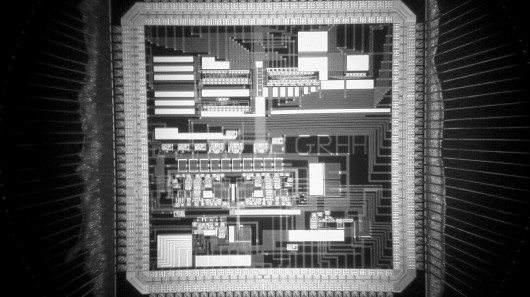Plasticity is believed to be one of the key factors that allows us to learn
The human brain contains approximately 100 billion neurons, and each one of those communicates with many others by releasing neurotransmitters. Those neurotransmitters cross a gap – properly known as a synapse – between the sending (presynaptic) and receiving (postsynaptic) neurons. Ion channels on the membranes of the postsynaptic neurons open or close in response to the arrival of the neurotransmitters, changing the neurons’ electrical potential. Should that potential change to a sufficient degree, the neuron will produce an electrical impulse known as an action potential. It’s a very complex process … and scientists from MIT have now recreated it on a silicon computer chip.
More specifically, the chip mimics plasticity, which is the process by which neurons adapt to new information. Plasticity is believed to be one of the key factors that allows us to learn, and to memorize information.
Whereas conventional chips are binary, working on a 1/0 on/off principle, the MIT chip is analogue. This allows it to simulate the variances in electrical potential that occur when charged atoms in the neurotransmitters flow through the ion channels of the postsynaptic neurons. In the case of the chip, the neurotransmitters are replaced by a variable electrical current, while approximately 400 transistors play the part of the channels.
Previous efforts had been able to simulate the firing of an action potential, but not the steps that led up to it.
“We can tweak the parameters of the circuit to match specific ion channels,” said Chi-Sang Poon, a research scientist and lead author of a paper on the research. “We now have a way to capture each and every ionic process that’s going on in a neuron.”
It is hoped that the technology could be used in research on the brain, to simulate neural functions – the chip reportedly acts much more quickly than a computer model, and is in fact also faster than the biological system that it’s based on. It may also find use as a go-between that allows prosthetic devices to interact with the brain.
According to Poon, such chips could additionally one day be used in – you guessed it – artificial intelligence.
Read more . . .
Bookmark this page for “artificial intelligence” and check back regularly as these articles update on a very frequent basis. The view is set to “news”. Try clicking on “video” and “2” for more articles.








